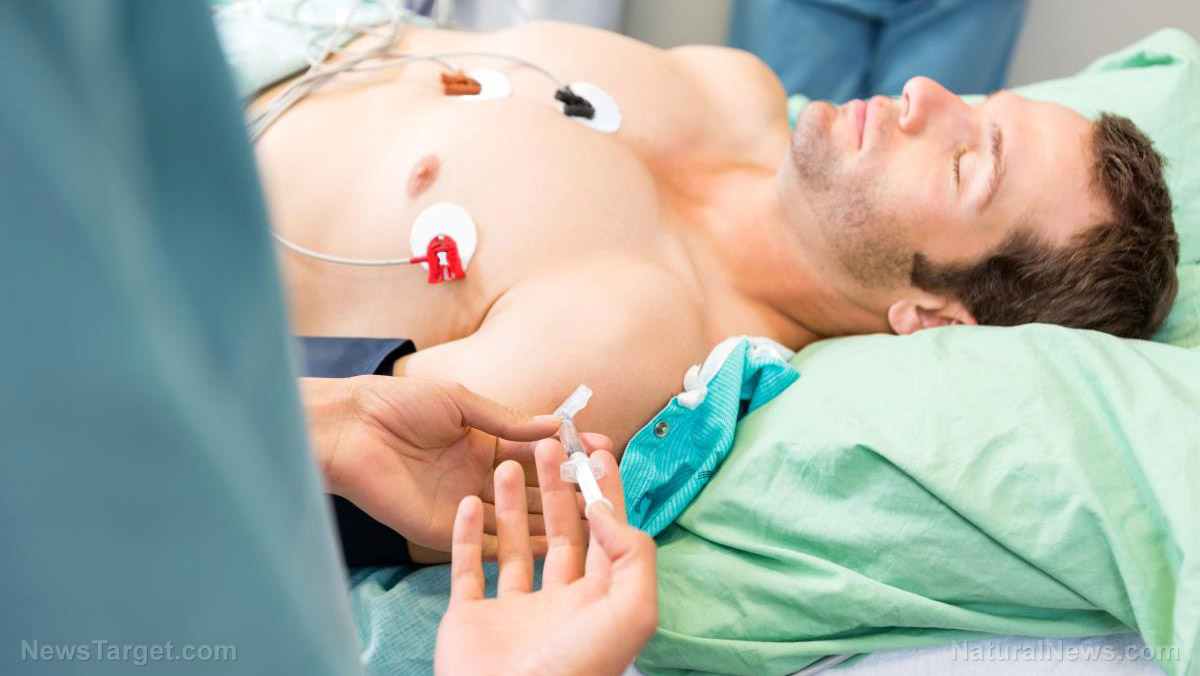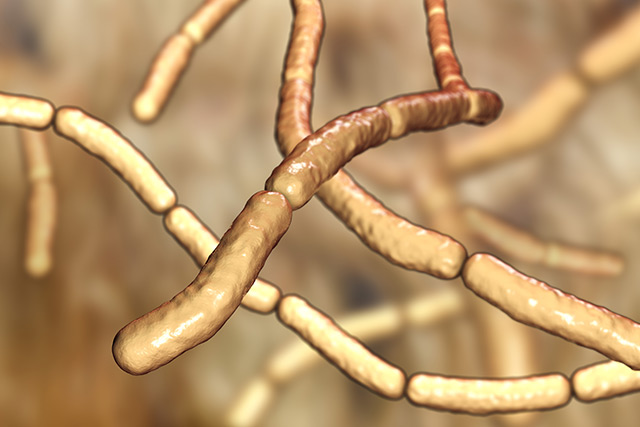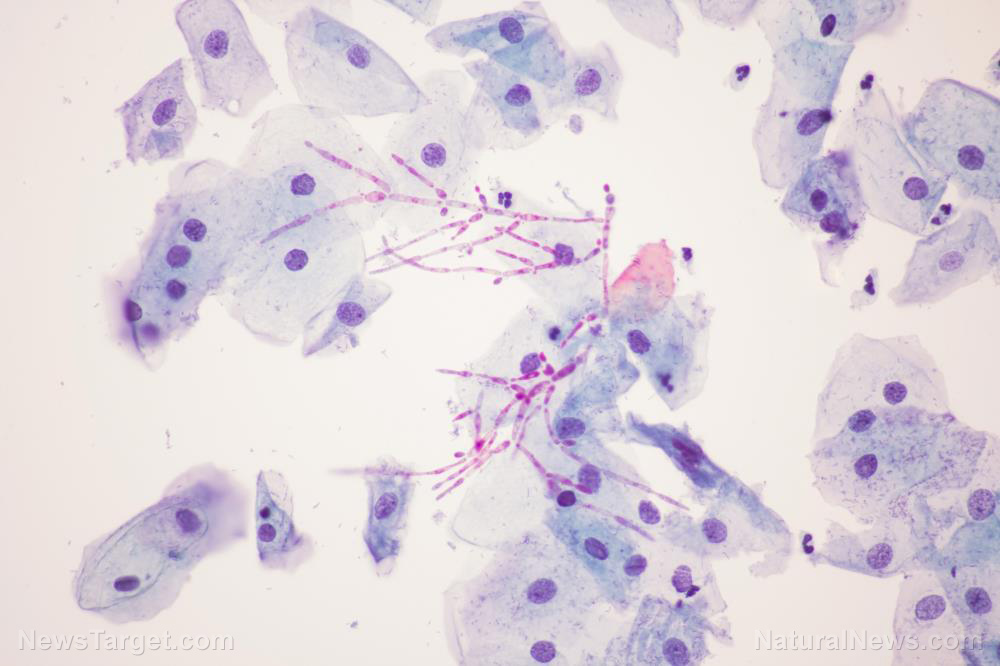Warning signs that your wound might be infected with flesh-eating bacteria
04/19/2018 / By Frances Bloomfield

Everybody gets a wound at some point in their life. Usually, all that’s needed to make it better is a bit of antibiotic cream and an adhesive bandage. This works for your run-of-the-mill scrape. However, in some unfortunate instances, that wound may actually be infected with flesh-eating bacteria.
Just as the name implies, flesh-eating bacteria are microorganisms that can cause necrotizing fasciitis, more commonly known as flesh-eating disease. This is a serious infection that attacks the soft tissues within and under the skin, causing extensive damage that often necessitates the removal of the infected tissue via surgery. In some cases, major limb amputation is required to stop the infection from spreading. That’s because necrotizing fasciitis can result in all bodily functions shutting down once it’s entered other areas of the body.
But as terrifying as necrotizing fasciitis is, catching it in its early stages will make treating it easier. If you have an open injury, watch out for these warning signs:
- Early symptoms: People who are infected with flesh-eating bacteria tend to display the signs of infection within hours of injury, which include a combination of:
- Flu-like symptoms like diarrhea, nausea, fever, dizziness, and general malaise or unwellness
- Extreme pain that feels worse than the wound appears
- Increasing pain around the site of injury
- Intense thirst
- Redness and/or warmth around the injury or other areas of the body
- Later symptoms: More concerning signs will appear three to four days later. These symptoms are usually concentrated around the injury site. They are:
- Blisters filled with dark and rancid-smelling fluids
- Purple-colored or reddish skin around the injury
- Skin that appears to be discolored, peeling, or flaking, indicative of the onset of gangrene
- Swelling
If you or someone you know exhibits any of these following an injury, seek immediate medical attention. The critical symptoms of necrotizing fasciitis (e.g severe drop in blood pressure, toxic shock, and loss of consciousness) will occur within four to five days of the infection. By this point, the infection has entered the bloodstream and will spread to the rest of the body in time. Without treatment, necrotizing fasciitis can be fatal. (Related: Woman dies of flesh-eating bacteria after wading through flood waters in storm-ravaged Houston.)
Flesh-eating bacteria can infect the wounds of any person. Some people are at higher risk of infection than others. So, in addition to the above-mentioned symptoms, keep an eye on those who fit into any of the following categories:
- Diabetic patients
- Heavy consumers of drugs or alcohol
- Malnourished individuals
- Obese people
- Older adults
- Patients with peripheral vascular disease, a blood circulation disorder that causes the blood vessels to narrow or spasm
- People who are prone to acne or eczema
- People who have punctures caused by insect bites or tattoos
- People with severely weakened immune systems
There’s no sure way of preventing necrotizing fasciitis. Instead, you should focus on reducing your risk by practicing good hygiene. Wounds of all sizes should be kept clean. You should also make it a point to wash your hands with soap and warm water after you sneeze, cough, and use the restroom, as well as before preparing food and eating. Additionally, you should:
Stay away from swimming pools and hot tubs. There’s no way for you to know for sure if they’ve been cleaned properly. More likely than not, they contain bacteria from other people. Similarly, you should avoid swimming in natural bodies of water, like rivers or lakes.
Cover up open wounds until they heal. Leaving wounds to dry is actually worse for them. Dr. Kazu Suzuki, director at Tower Wound Care Center, explained that airing “is detrimental to wound healing, and you are leaving your body open and defenseless against bacterial invasion, which equals infection.”
Go to Health.news to read more guides and articles detailing the early warning signs of life-threatening diseases.
Sources include:
Tagged Under: bacterial infection, cuts and scrapes, dead soft tissue, flesh eating bacteria, flesh-eating disease, necrotizing fasciitis, skin disease, skin infection, skin injury, would healing, wound care, wound infection, wounds



















